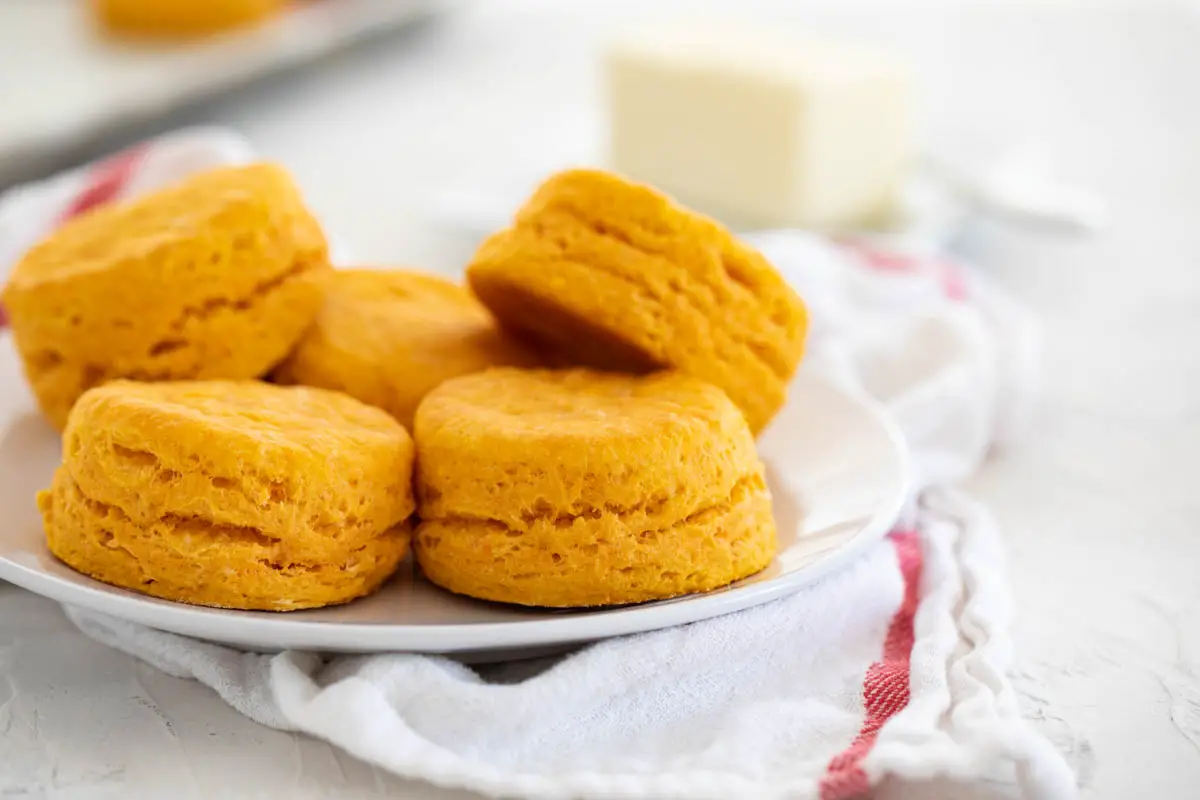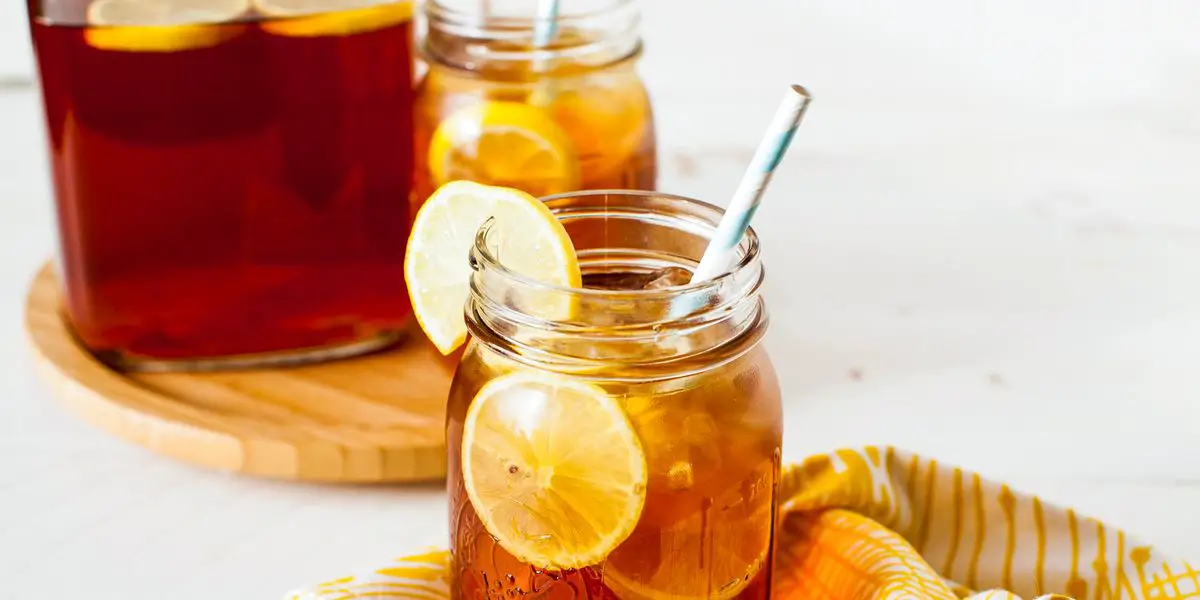The holiday season carries a distinct magic, a blend of warmth, nostalgia, and the delicious aroma of home cooking. At the heart of many of these cherished meals, there lies a dish so delicious, so comforting, that it has become a staple at the Thanksgiving table. Yes, we’re talking about the humble sweet potato casserole. Whether it’s a southern sweet potato casserole with a pecan crumble or a simple version with a crunchy topping of mini marshmallows, it’s a family favorite. But what happens when this beloved dish takes a turn for the watery? We’re here to discuss just that: how to fix a runny sweet potato casserole.
The Sweet Potato: A Short History
In the grand story of the sweet potato, we find a narrative that dates back to prehistoric times, its roots planted firmly in Central and South America. These tasty tubers were later introduced to the Old World by Spanish explorers in the 16th century, and they spread rapidly throughout various regions. By the 18th century, sweet potatoes had become a crucial part of Southern cuisine, largely due to African slaves who incorporated them into various dishes, creating a traditional Southern favorite – the sweet potato pie recipe.
Varieties of Sweet Potatoes: Beyond the Ordinary
At your local grocery store, you’ll likely find several types of sweet potatoes. The most common is the orange sweet potato, boasting a vibrant hue and sweet, creamy flesh. There’s also the white sweet potato, which is less sweet with a slightly more crumbly texture. And then there are yams – true yams, that is, which are actually a different species with more bark-like skin and a less sweet, more watery vegetable interior. It’s crucial to know the difference when choosing the best sweet potatoes for your casserole.
➡️You may be interested in this Sweet Potato Biscuits recipe.
The Anatomy of a Sweet Potato Casserole
The sweet potato casserole recipe is a symphony of flavors and textures, each component playing a vital role. The base, of course, is the sweet potato mixture, a blend of mashed sweet potatoes, brown sugar, and often a splash of orange juice or a hint of vanilla extract for a bit of zing. This mixture is then topped with a crunchy topping, often a mixture of melted butter, white sugar, pecans, or mini marshmallows that turn golden brown in the oven. This combination of a smooth, sweet base and crunchy, slightly salty topping is the best part of any sweet potato casserole.
Essential Ingredients for Sweet Potato Casserole
- Fresh sweet potatoes
- Brown and white sugar
- Unsalted butter or vegan butter for a dairy-free option
- Topping ingredients like pecans or mini marshmallows
- Flavor enhancers like vanilla extract, maple syrup, or orange juice
The Culinary Disaster: A Runny Sweet Potato Casserole
There are few things more disheartening than seeing your once-perfect side dish turn into a watery mess. A runny sweet potato casserole can occur due to a variety of reasons.
Undercooked Sweet Potatoes
Undercooked bits of sweet potato can release excess moisture into your casserole, causing it to become runny. To avoid this, ensure your sweet potatoes are fork-tender before mashing.
Excess Liquid
Adding too much milk, whether it’s heavy cream, coconut milk, or soy milk, can also cause your casserole to be watery. Be mindful of the amount of liquid you’re adding.
Insufficient Baking Time
If your sweet potato casserole isn’t baked long enough, it might not have the chance to set properly, leading to a runny consistency. Ensure your casserole is baked until it’s beautifully golden brown and set.
The Rescue Mission: How to Fix a Runny Sweet Potato Casserole
So, your sweet potato casserole is runnier than you’d like. Don’t fret! With a few tweaks and additions, you can bring it back to its delicious, creamy self. One way to do this is by adding a thickening agent.
The Role of a Thickening Agent
Thickening agents, as their name suggests, help to add body and thickness to dishes. In the case of our runny sweet potato casserole, a thickening agent could be the saving grace. It works by absorbing some of the excess liquid, allowing the sweet potato batter to firm up and hold its shape better.
Choosing the Right Thickening Agent
When it comes to choosing a thickening agent, you have several options. Purpose flour is a common choice, as it is readily available in most kitchens. Another option is to use cornstarch, which has a more neutral flavor. Regardless of your choice, make sure to mix your thickening agent with a bit of cold water before incorporating it into the sweet potato mixture to avoid clumps.
Other Ways to Save a Runny Casserole
While thickening agents are great, there are other ways you can save your runny sweet potato casserole.
Reducing the Casserole
One method is to simply put the casserole back in the oven and let it bake a little longer. The additional heat will help to evaporate some of the excess liquid, leading to a thicker consistency.
Adding More Solids
Another option is to add more solids to your casserole. This could be additional mashed sweet potatoes, or even a bit of bread crumbs or crushed crackers mixed into the sweet potato mixture. These will absorb some of the excess liquid and help to firm up the casserole.
Using a Panade
A panade – a mixture of starch and liquid, often used in dishes like meatloaf to keep them moist – can also help. In the case of your casserole, a bread and milk panade can absorb excess liquid while maintaining a creamy, rich texture.
Preventing a Runny Sweet Potato Casserole
Prevention, they say, is better than cure. To avoid a runny sweet potato casserole, ensure that your sweet potatoes are fully cooked and properly mashed. Also, be mindful of the amount of liquid you’re adding – whether it’s milk or melted butter. If you’re using canned sweet potatoes or canned yams, make sure to drain them thoroughly to get rid of excess syrup.
The Make-Ahead Advantage
One of the great things about a sweet potato casserole recipe is that it’s a great make-ahead side dish. You can prepare the sweet potato mixture a couple of days ahead, store it in an airtight container in the fridge, and then just add the topping and bake on the day. This not only saves time but also allows the flavors to meld together for an even more delicious side dish.
Equipment Needed for Sweet Potato Casserole
- Large pot for boiling the sweet potatoes
- Potato masher or food processor for mashing the potatoes
- Large mixing bowl for combining the ingredients
- Casserole dish for baking
- Hand mixer or electric mixer for ensuring a smooth, creamy texture
Variations of Sweet Potato Casserole
The beauty of the sweet potato casserole lies in its versatility. You can add a twist to your easy sweet potato casserole by experimenting with various flavors and toppings. For instance, try adding a dash of cinnamon or nutmeg to your sweet potato mixture for a hint of warmth and spice. Or swap out the traditional pecan topping for a sweet and crunchy praline topping.
Wrapping Up: The Love for Sweet Potato Casserole
In the end, whether it’s the savory sweet potato recipe that graces your Thanksgiving dinner, a sweet potato souffle that’s become one of your family favorites, or a crockpot sweet potato casserole that saves you oven space on Thanksgiving Day, there’s no denying the appeal of this dish. It’s a delicious side dish, a symbol of holiday meals, and a testament to the versatility of the humble sweet potato.
And now, even if it becomes a bit too runny, you know exactly how to fix it. So here’s to delicious, perfectly set sweet potato casseroles, and the joy they bring to our holiday tables.
So, next time you find yourself facing a runny sweet potato casserole, don’t let it ruin your special occasion. With these tips, you’ll be able to quickly fix your casserole and get it back to its original recipe glory. Remember, the best sweet potato casserole is the one that you and your loved ones enjoy the most. So, grab your recipe card, put on your apron, and get ready to reclaim your title as the master of the Thanksgiving turkey and all its perfect side dishes. Happy Thanksgiving!







